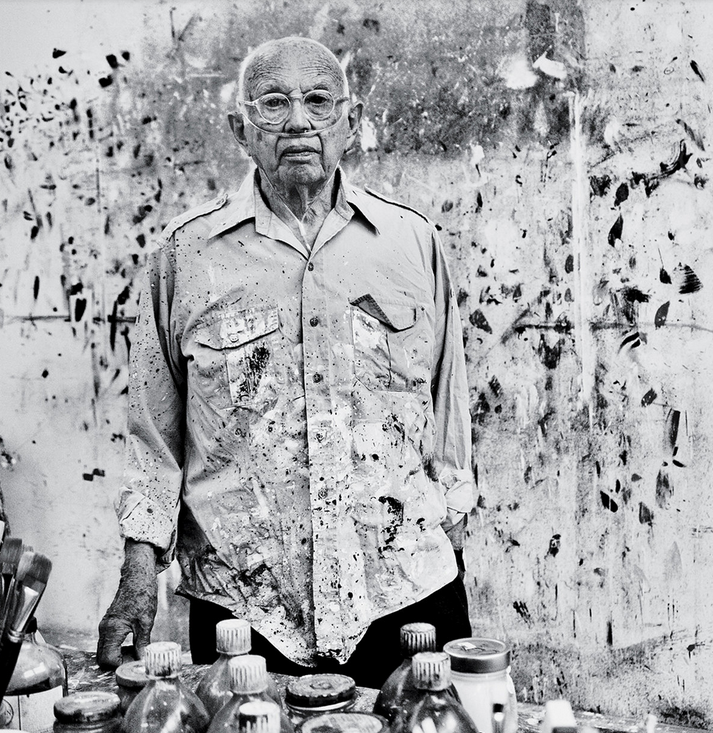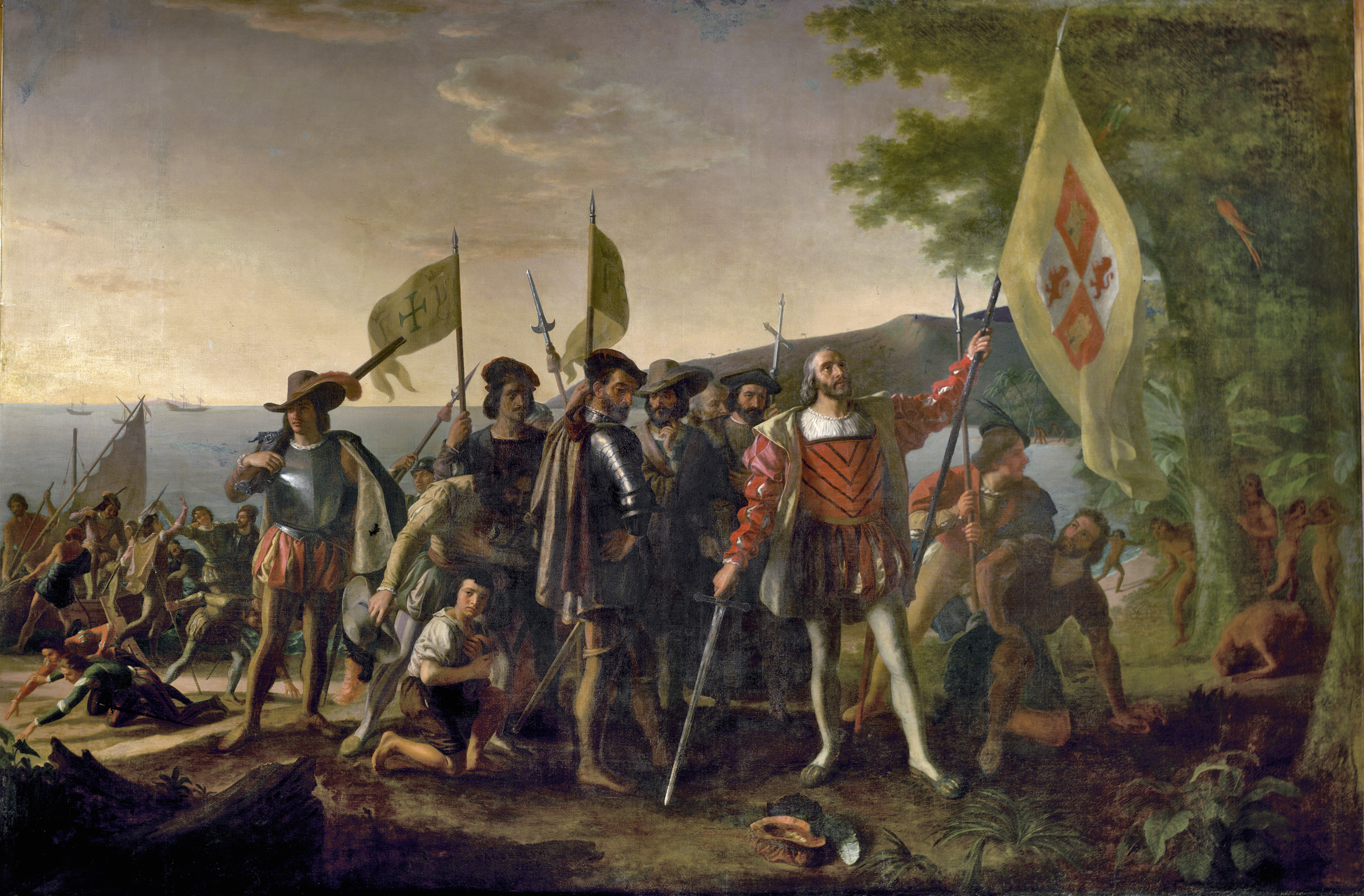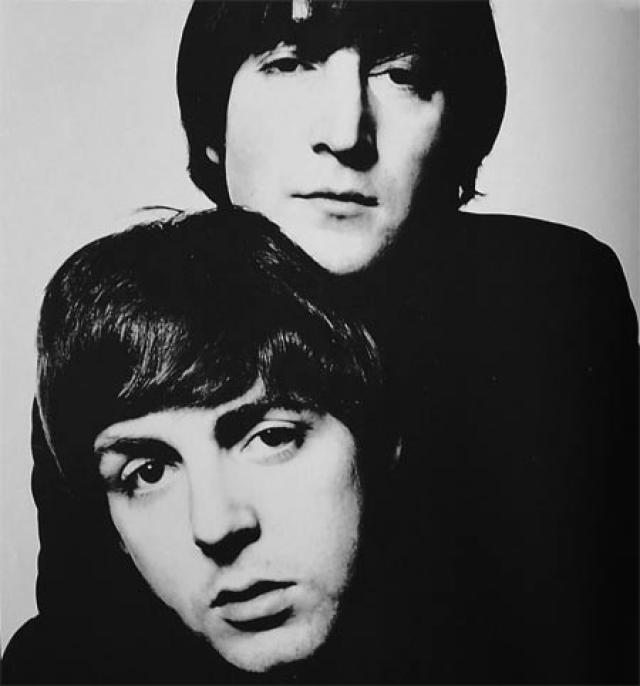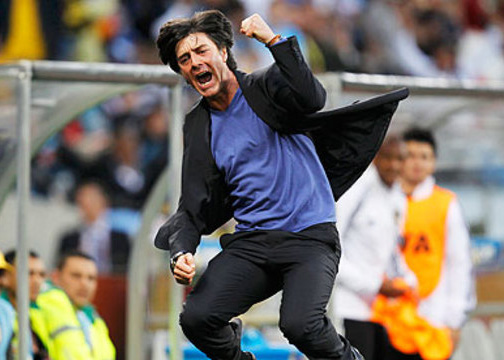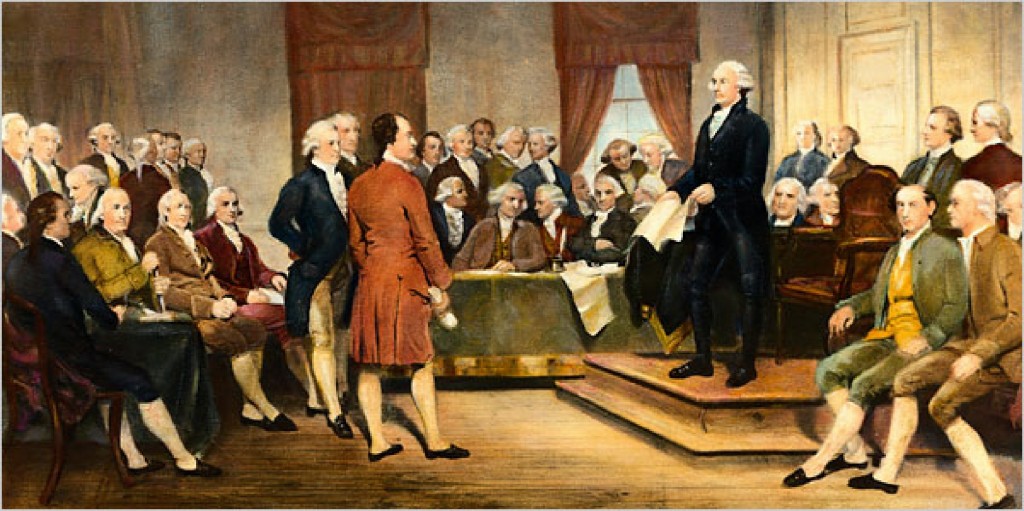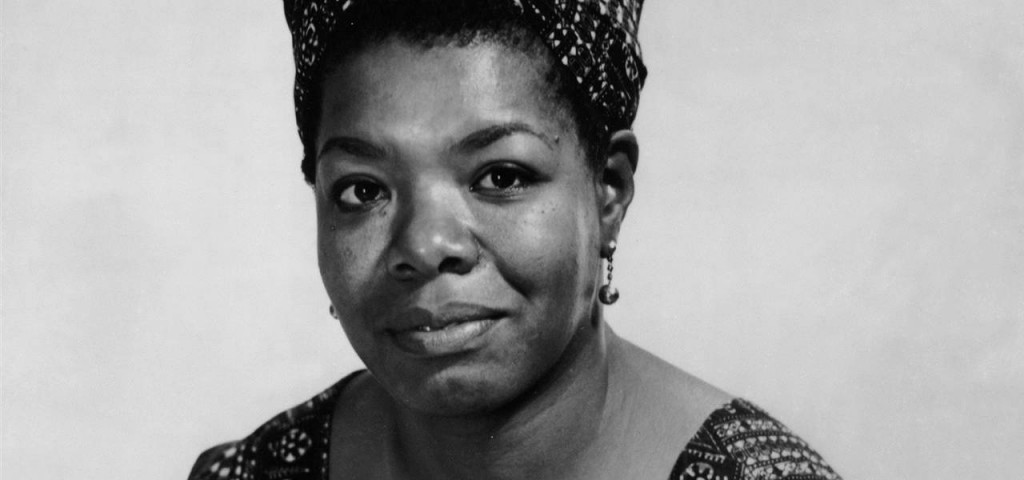Recently I gave this talk at a TEDx Conference on Curiosity in Philadelphia. (This link is just a first look, it’s going up on TEDx YouTube Channel soon.) As I prepared for the talk, it dawned on me just how vitally important curiosity is in my own life, and in the lives of the superachievers that Josh and I interviewed for our book on what it takes to succeed.
Curiosity draws us to something or someone. It informs us. It drives us when our project seems unwieldy, or our endeavor, too taxing, or saying hello to that person sitting next to us at the conference seems so hard..
Our curiosity was the genesis of “The Art of Doing.” And while interviewing the three dozen high achievers in the book, Josh and I quickly discovered just how much being curious underpinned the ten principles and practices that these high achievers shared.
Ultimately, curiosity is a defining factor in success. As tennis champ Martina Navratilova told us, “It was curiosity that got me into the game and curiosity that keeps me interested.”
(Enjoy, I’ve included a transcript and I’ll post a link to more talks on curiosity from the conference as soon as it’s available on the TEDx channel!) Continue reading “TEDx Talk: The Art of Curiosity”


